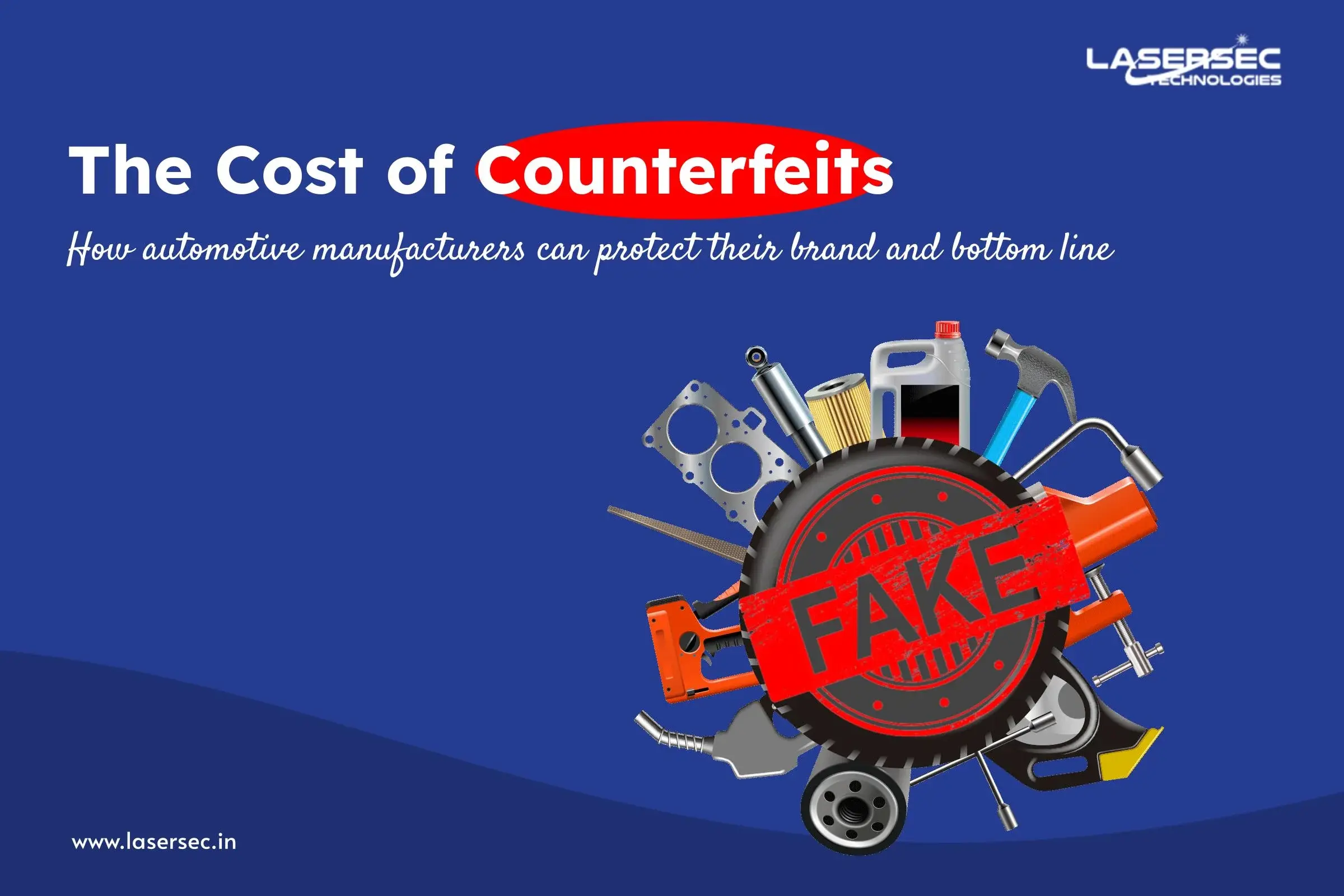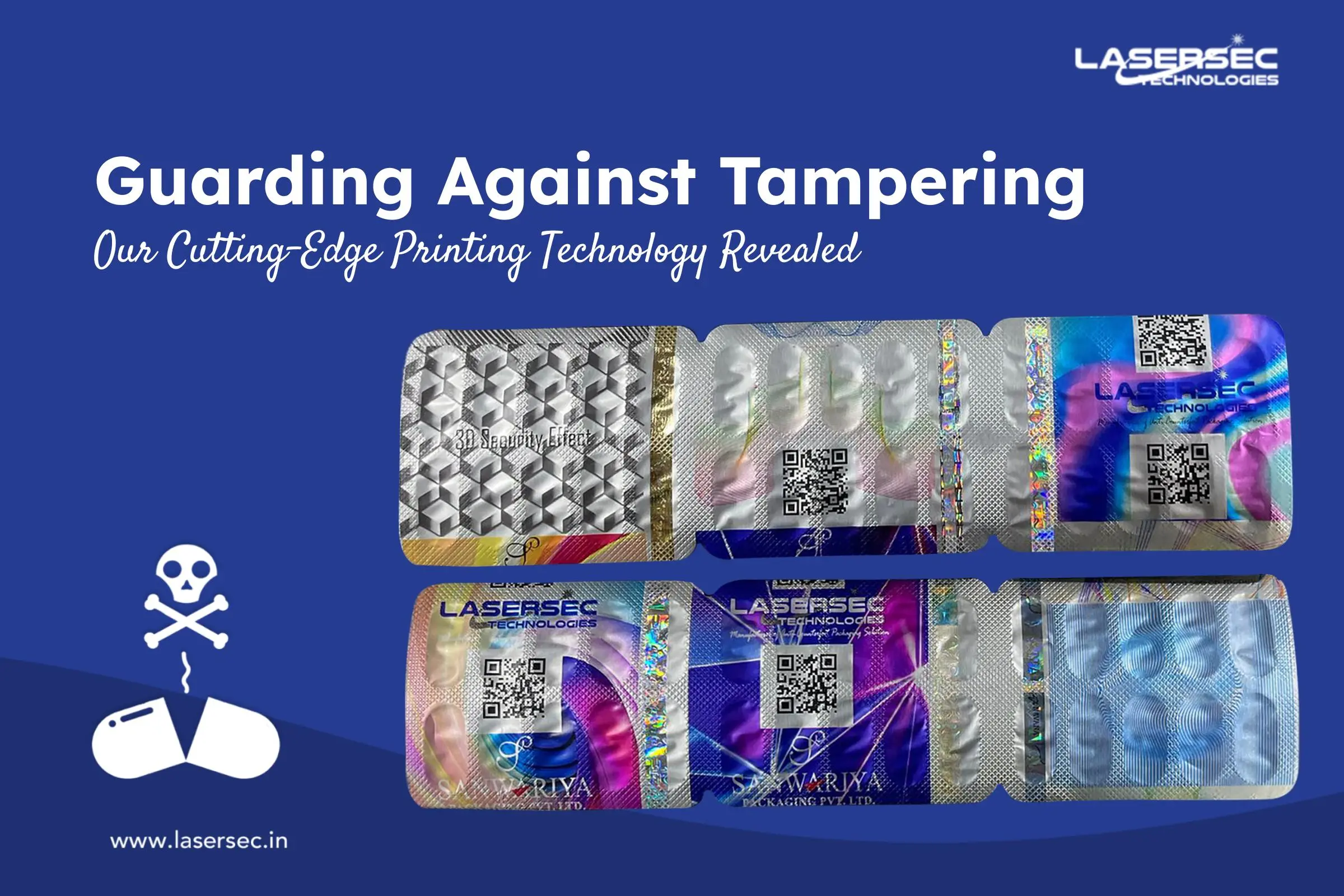
Goods are considered counterfeit if they have a poor quality, with a name that sounds similar to a famous brand or the item design mimics the original brand’s design. Counterfeit goods sellers mainly encroach on the trademark, the patent of the design by passing its own goods exactly similar to the original one.
Is it against the Law?
Yes, it is prohibited to sell the counterfeit products. The national criminal laws disallow all from trafficking the counterfeit goods or any services. This not only applies to counterfeiter but also to any company or individual that intentionally sells and promotes counterfeit products.
Impact on the World Economy
A study that primarily focuses on infringement of trademarks, copyrights, patents, and design rights that follows and completes an earlier study from the OECD which was published in the year 2008.
The main findings were:
- From records of the world trade in 2013, it was seen that the international trade of counterfeit, fake, pirated and second-hand items take up to a value of 2.5%.
- China stands tall as the largest fake goods-producing economy.
There has been a significant increase in the use of small shipments. The sellers of counterfeit items use this medium. This is also increasing due to the surge in e-commerce. This medium reduced the risk of getting tracked and thus getting caught.
A product can be considered “Counterfeit” if:
- The items directly mimic brand product or logo.
- The items are sold under a name that sounds similar or is identical to the original brand they are copying from.
- Items that look like a brand or logo.
- Items that mimic brand designs or patterns.
- Items that display brand names in product photos.
How to spot a Genuine product?
The best protection is to know the product. But there are always some loopholes which can help us identify the fake.
For instance, if the product is unusually cheap, crookedly stitched with low-quality materials, the dimensions that don’t match with the standard ones we can just stop and ask ourselves why is it so, and there you go, your answer lie there! It is always a good idea to read the customer reviews and feedbacks before buying anything.



-footer.png)








